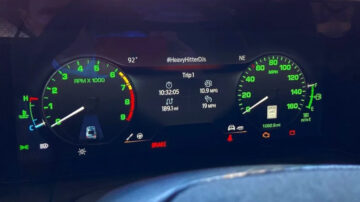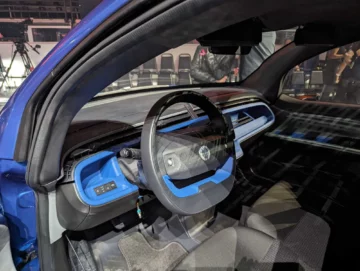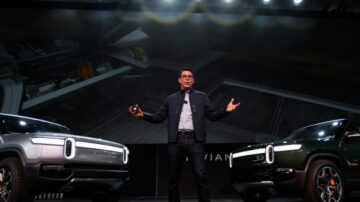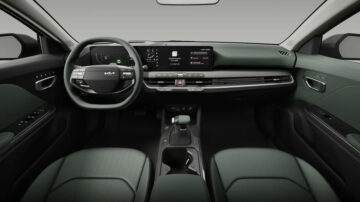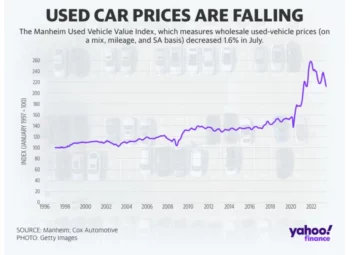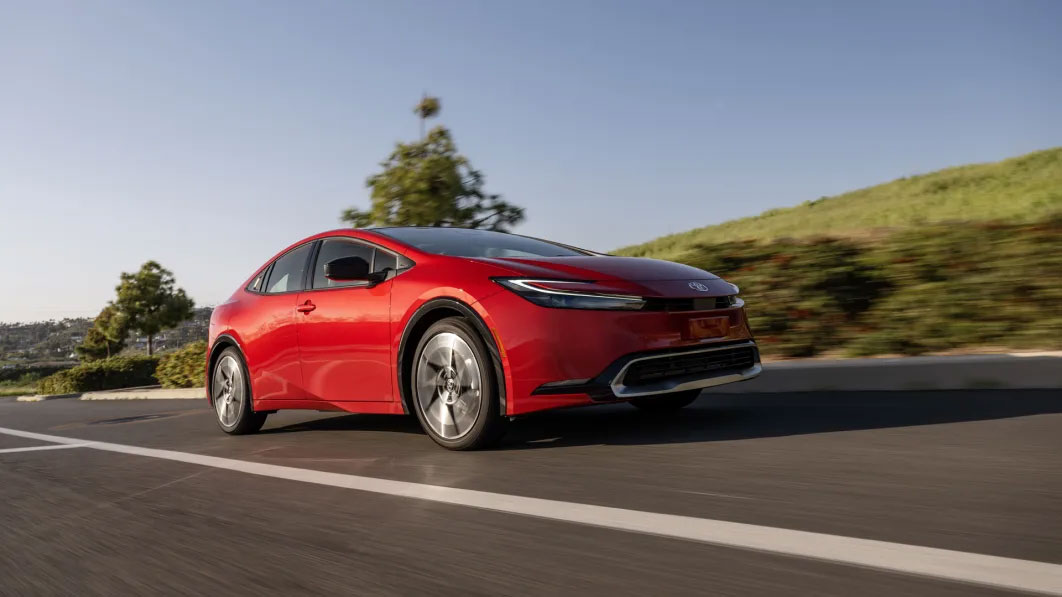
Toyota recently reorganized its product roadmap to place new emphasis on battery-electric vehicles. The Japanese automaker and its luxury Lexus nameplate produce three BEVs, the bZ4X, China-market bZ3X, and Lexus RZ 450e. New CEO Koji Sato used his first public briefing in the job to let industry watchers know, “In the next few years we will expand our lineup in the important battery electric category,” putting at least 10 BEVs on the market by 2026 and targeting 1.5 million global sales of such vehicles by then. Hybrids, a Toyota forte, not only won’t be forgotten, they’ll get much better if plans come to fruition. Executive Vice President Hiroki Nakajima said the company is working on a new generation of plug-in hybrids that will go at least 200 kilometers (124 miles) on a charge.
The EVP didn’t identify a testing protocol for that range, whether WLTP or EPA. If Toyota could get close to that in our market, it would be a remarkable range for something that isn’t a dedicated EV. So long as the company could honor the commitment to keep such vehicles affordable, the hypothetical ride would justify Nakajima’s statement that, “By increasing battery efficiency to extend the EV-mode driving range beyond 200 km [124 miles], we will reposition PHEVs as ‘the practical BEV’ and will work harder on developing this as another BEV option.” The newest and coolest Toyota Prius Prime PHEV can go 44 miles courtesy of its 13.6-kWh battery. Hypothetically tripling those numbers would mean a 132-mile range from a 40.8-kWh battery. It’s clear battery technology will need to catch up to the target, but it strikes us as doable in the near future. For comparison, the Chevrolet Bolt can go 247 miles with its 65.0-kWh battery, but the Bolt doesn’t need to carry an engine and associated drivetrain parts.
Assuming affordability — and positive answers to the matter of real-world PHEV emissions — such long-legged electric range would address issues we don’t know yet how electric cars will answer in certain vehicle segments and certain parts of the country and the world. Nakajima didn’t offer a timeline for the launch of these PHEVs; our guess would be close to the end of the decade. At that time, we might find that one outlet’s assertion about the Prius Prime that “the best EV might not be an EV” comes true for more than the Prius.
Related video:
.embed-container { position: relative; padding-bottom: 56.25%; height: 0; overflow: hidden; max-width: 100%; } .embed-container iframe, .embed-container object, .embed-container embed { position: absolute; top: 0; left: 0; width: 100%; height: 100%; }
- SEO Powered Content & PR Distribution. Get Amplified Today.
- Platoblockchain. Web3 Metaverse Intelligence. Knowledge Amplified. Access Here.
- Source: https://www.autoblog.com/2023/04/13/toyota-working-on-phevs-with-more-than-124-miles-of-ev-range/
- :is
- $UP
- 1
- 10
- 11
- 7
- 8
- 9
- a
- About
- Absolute
- address
- affordable
- and
- Another
- answer
- answers
- AS
- associated
- At
- battery
- BE
- BEST
- Better
- Beyond
- Bolt
- Briefing
- by
- CAN
- carry
- Catch
- Category
- ceo
- certain
- charge
- Chevrolet
- chevrolet bolt
- clear
- Close
- come
- commitment
- company
- comparison
- could
- country
- decade
- dedicated
- developing
- driving
- efficiency
- Electric
- emphasis
- Engine
- EPA
- Ether (ETH)
- EV
- executive
- Expand
- extend
- few
- Find
- First
- For
- forgotten
- Forte
- from
- fruition
- future
- get
- Global
- Go
- height
- Hidden
- How
- HTTPS
- identify
- important
- in
- increasing
- industry
- issues
- IT
- ITS
- Japanese
- Job
- jpg
- Keep
- Know
- launch
- lineup
- Long
- Luxury
- Market
- Matter
- max-width
- might
- million
- more
- Near
- Need
- New
- New CEO
- Newest
- next
- numbers
- object
- of
- offer
- on
- ONE
- Option
- parts
- Place
- plans
- plato
- Plato Data Intelligence
- PlatoData
- PoS
- position
- positive
- Practical
- president
- Prime
- produce
- Product
- protocol
- public
- range
- real world
- recently
- remarkable
- Ride
- s
- Said
- sales
- SEC
- segments
- something
- Statement
- Strikes
- such
- Target
- targeting
- Technology
- Testing
- that
- The
- the world
- These
- three
- time
- timeline
- to
- top
- toyota
- tripling
- true
- us
- vehicle
- Vehicles
- Vice President
- Video
- whether
- will
- with
- Won
- Work
- working
- world
- would
- years
- zephyrnet



